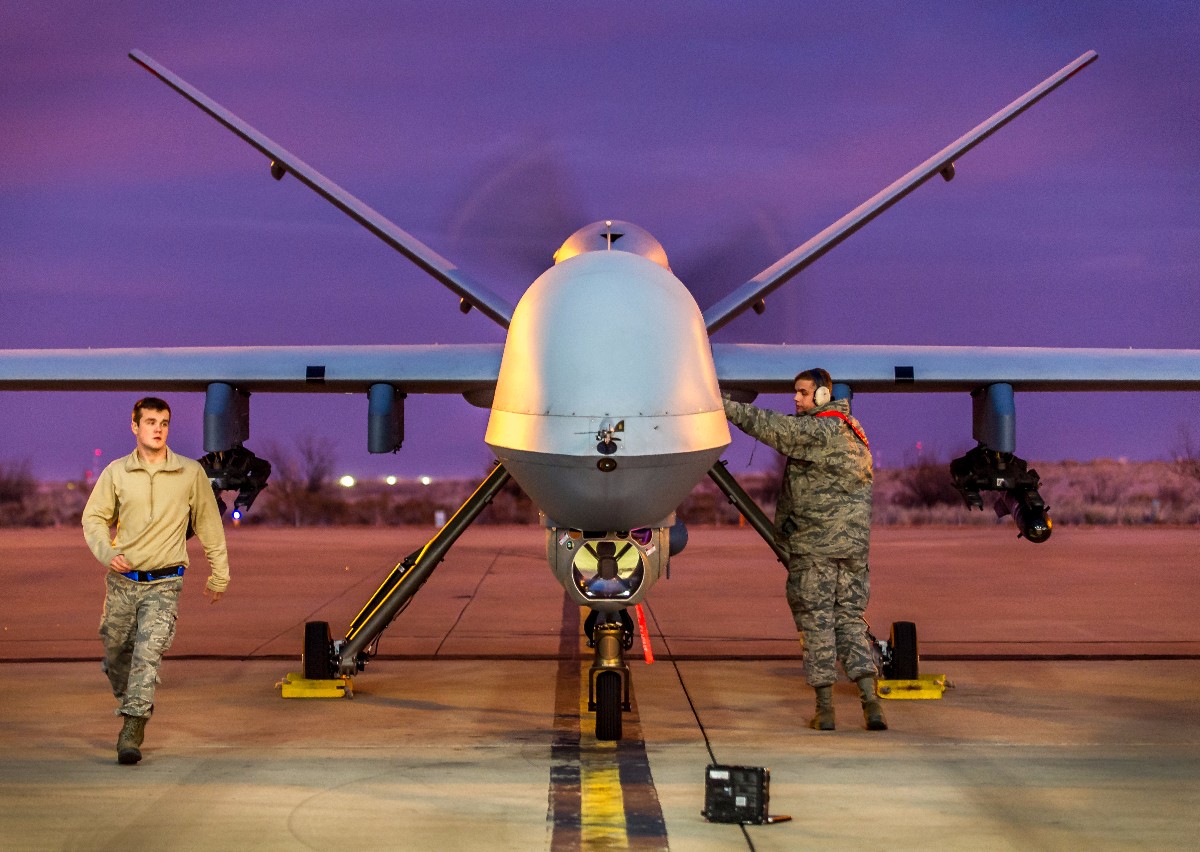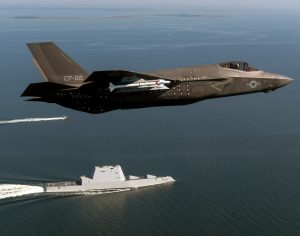 Photo Credit: Airman Magazine
Photo Credit: Airman Magazine
Innovating to Fight and Win the Next Major War
Since 2001, United States has been engaged in nearly constant asymmetric counterinsurgency (COIN) and counterterrorism (CT) operations. Despite the current operational focus toward ongoing COIN and CT operations, the United States’ major military planning and innovation programs continue to focus on fighting and winning a major conventional war against a near-peer adversary.
It is imperative to question whether innovating for the next war while fighting the current war is strategically and politically misguided. The low-intensity conflict (LIC) environment that the United States has experienced since 2001 does not offer the operational conditions needed to sufficiently measure the effectiveness of innovations developed for near-peer conventional warfare. This makes assessing their effectiveness in the intended conflict environment difficult, if not impossible, to accomplish. That is to say nothing of defense planners’ inability to accurately predict what the next major near-peer war would look like.
Despite the apparent dangers of this current trend, major military innovations continue to be developed for fighting major conventional wars. Of the $183.9 billion requested for Defense Department acquisition programs in FY2017, $72.7 billion is directed at major defense acquisition programs (MDAPs). These programs disproportionately represent the big-ticket, technology-driven innovations that are intended to fight and win the next major war. While many of these recent innovations have been utilized in combat situations with great success, they have not been exposed to the combat environment they are intended to operate within.
The operational superiority created by the information-rich warfare that defines contemporary military operations has not been proven beyond permissive LIC environments. For instance, American reliance on unmanned aerial vehicles (UAVs) and similarly vulnerable weapon systems would not be sustainable in a near-peer conflict environment due to their inability to operate effectively in denied environments. Yet, the “third-offset” initiative largely intended to counter near-peer adversaries represents a major innovation commitment predicated on systems and strategies that are similarly vulnerable in a denied environment.
The United States certainly needs to continue to prepare to fight and win a major war but it must do so in a way that acknowledges the difficulties posed by the current security environment.

CHESAPEAKE BAY, Md. (Oct. 17, 2016) Aircraft CF-02, an F-35 Lightning II Carrier Variant attached to the F-35 Pax River Integrated Test Force (ITF) assigned to Air Test and Evaluation Squadron (VX) 23 completes a flyover of the guided-missile destroyer USS Zumwalt (DDG-1000). (U.S. Navy photo by Andy Wolfe/Released)
In approaching military innovation, political and military leadership officials must account for the following difficulties inherent to fighting one war while preparing for another:
- The disparity between current LIC operations and near-peer confrontations
Innovations for near-peer war should not be evaluated based entirely on their performance in LICs. LIC environments are permissive in nature and feature generally overmatched adversaries. Near-peer warfare capabilities will deny the freedom of action our technology driven approach relies on.
- Uncertainty regarding the future character of warfare
It is difficult to know exactly how a future conventional war between near-peer adversaries would play out. Military technological and strategic innovation should not come to rely too heavily on their predictions for the characteristics of a future war. All innovations must be able to adapt to changing contingencies.
- Dangers inherent to hyper-specific innovations
Innovations that are too specific risk being useless given the rapidly changing pace of technology. Technological advances will change the manner in which war is fought in unforeseeable ways.
Ideally, the U.S. Armed Forces should be positioned to effectively respond in any way necessary to potential near-peer conflicts. To succeed in doing so, planners must acknowledge that successful innovations derived from years of LIC operations may not be effective in the major war they are concerned with. It is important, therefore, to understand how existing innovations could be adapted to the requirements and limitations of a near-peer conflict.
High-tech weapons of the future may be conceptually sound, but if planners don’t understand their limitations they are unlikely to succeed. The ambiguity of a future conflict can be overcome without sacrificing innovation. For instance, the utilization of modular designs that can be quickly adapted or replaced to fit new contingencies would go a long way in solving this dilemma. Similarly, avoiding niche innovations intended to fulfill hyper-specific roles would reduce the likelihood that emerging innovations simply do not apply to a potentially unforeseen conflict environment.
History has shown that predictions about the future character of war are often inaccurate—a lesson many states have learned the hard way. The United States should not invest itself too heavily in the belief that existing systems and emerging innovations will be superior in a potential conflict. Leaders go to war with the resources they have—but ideally those resources will be readily adaptable to the individual conflict’s requirements.





